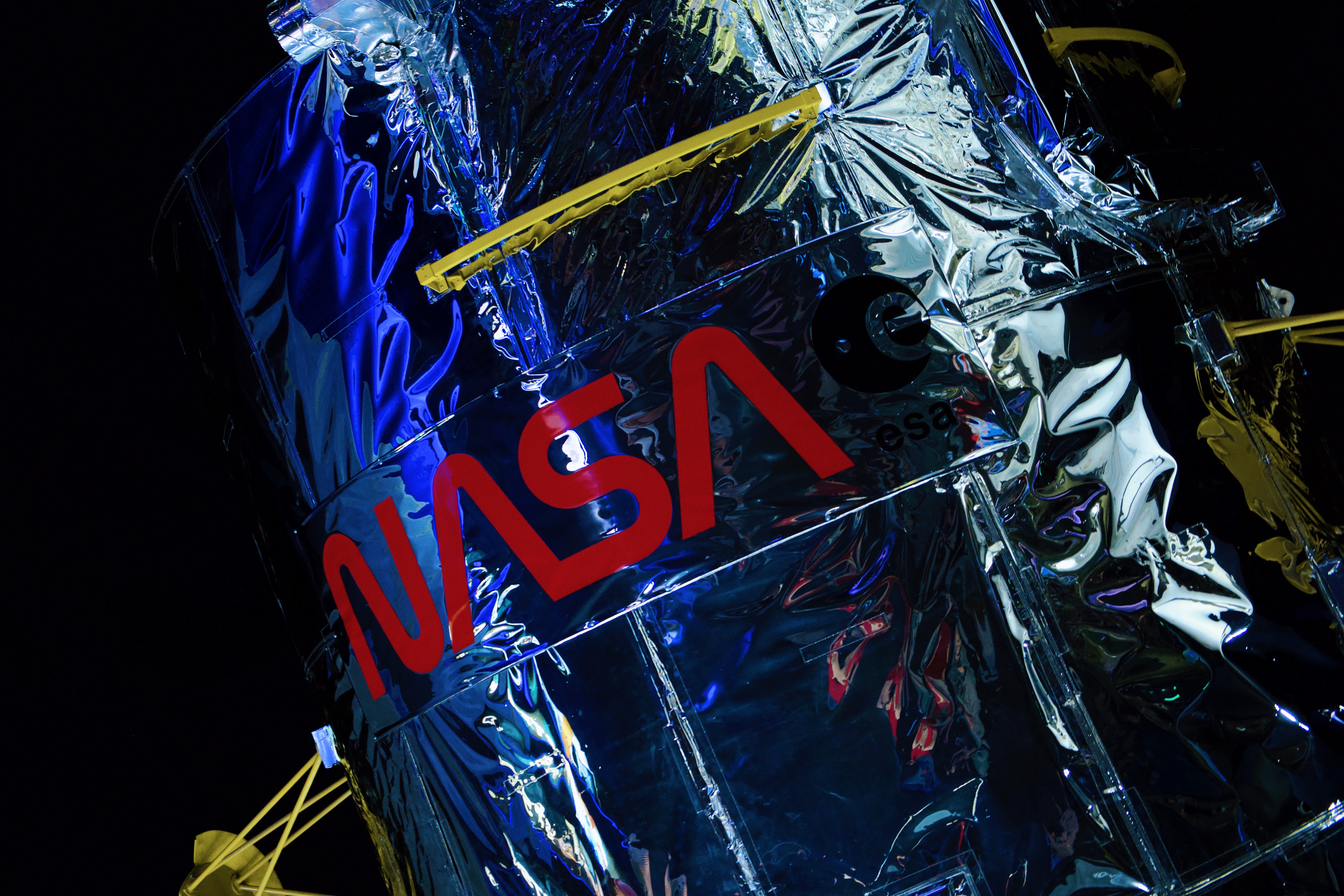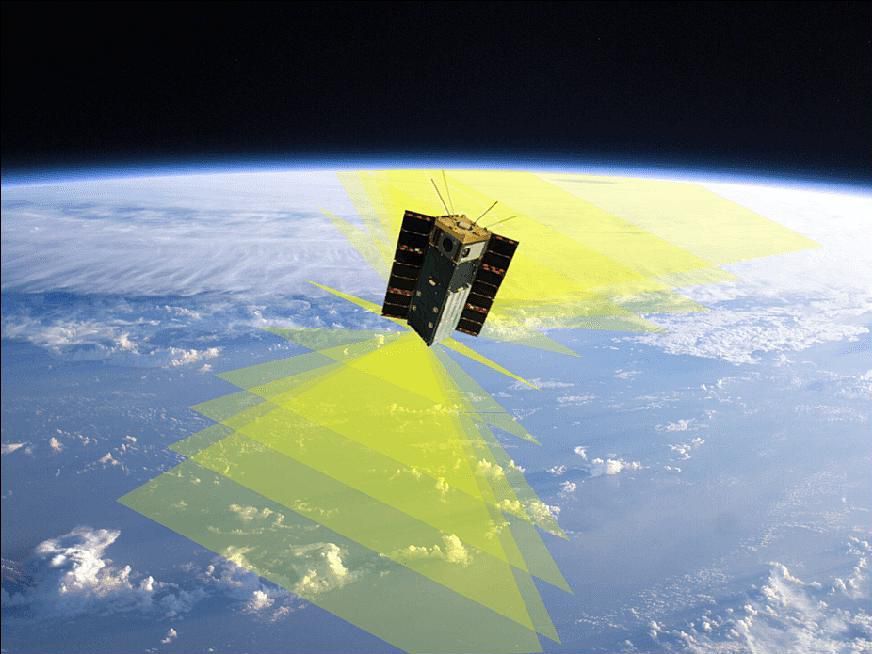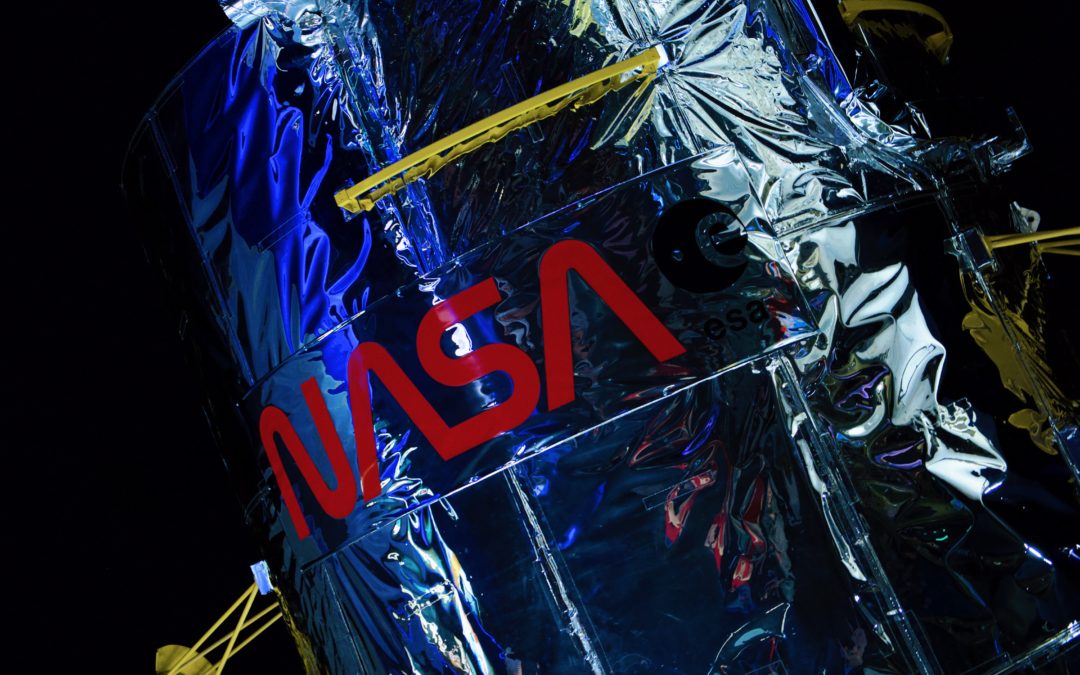
NASA is now studying a way to use many small satellites as a very flexible telescope to observe the earth. The idea is that the satellites will observe the same object, for example, a cloud system that may develop into a hurricane, over an extended period and from multiple angles.
An ordinary satellite in low orbit flies quickly past an area and can therefore only observe the same area once or a few times a day. Allowing several satellites to traverse the area is expensive and it is not certain that a sufficient number of satellites are available to observe the area around the clock.
Small satellites, Smallsats, on the other hand, are relatively inexpensive so it is possible to launch entire swarms of them. An example of this is Starlink, which will launch tens of thousands of satellites in the next few years.
More to learn about clouds
NASA's idea is to launch many satellites that coordinate their orbits. The satellites could then, for example, take pictures of the same area from different angles. Among others, it would give researchers a lot of information about how clouds form under different conditions.

Another concept is to have the satellites follow each other like a long string of pearls so that we always have a satellite over the area of interest. In this way, we could follow weather phenomena such as hurricanes from the moment of their formation until their dissolution. And these are just a few examples of how the swarm could be used.
AI eases the workload
But the weather is unpredictable, which requires the satellites to be able to change orbit frequently and rapidly. This is where AI comes into play. Making course corrections manually several times a day is cumbersome and expensive because it requires a lot of work from ground staff, which also already have a lot to do. To capture interesting events, the course corrections must also be made quickly.
"This type of decision must be made within a few minutes. There is no time to involve ground control", says Jose Vanderlei Martins, professor at the University of Maryland and one of the researchers behind the project, in a press release.
NASA plans to use machine learning to teach an AI to coordinate satellites. The AI can make lightning-fast decisions that guarantee that the satellites capture that of interest without posing a risk to other satellites.
If and when the project becomes a reality, researchers will only need to define what they want to observe, as well as where and when they want the observations to be made. Then the satellite swarm takes care of the rest. It will give researchers new opportunities to study phenomena that are important for, among other things, understanding climate change better and delivering more accurate weather forecasts.





